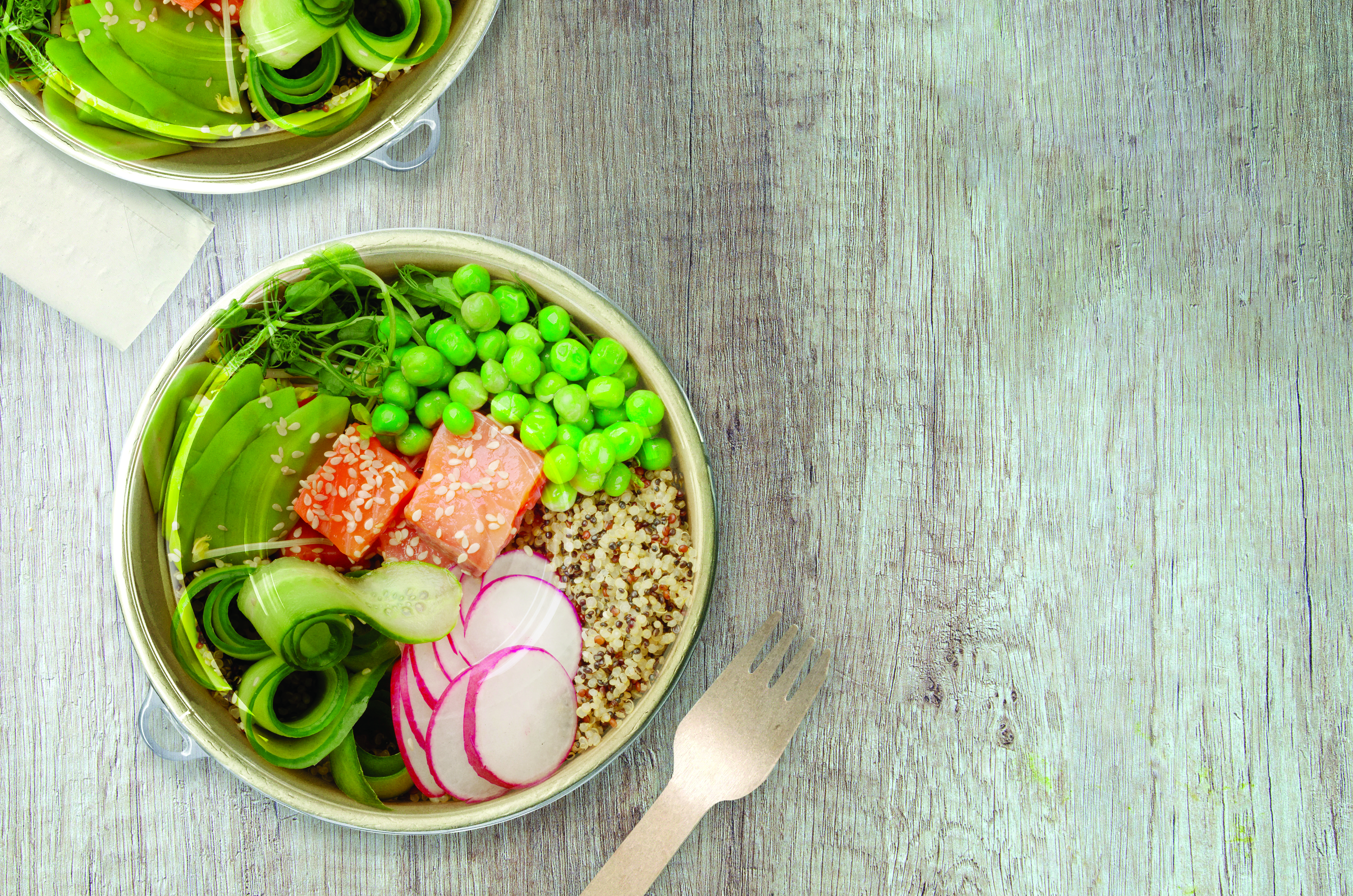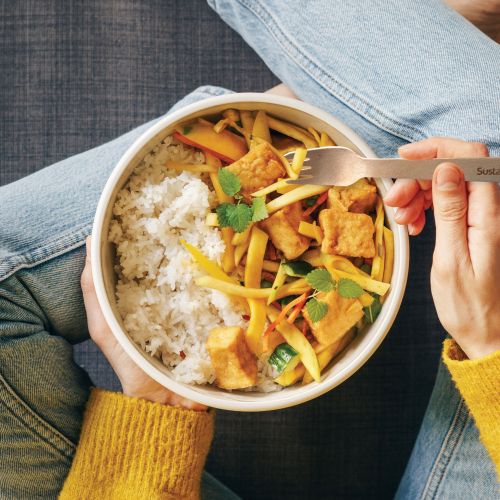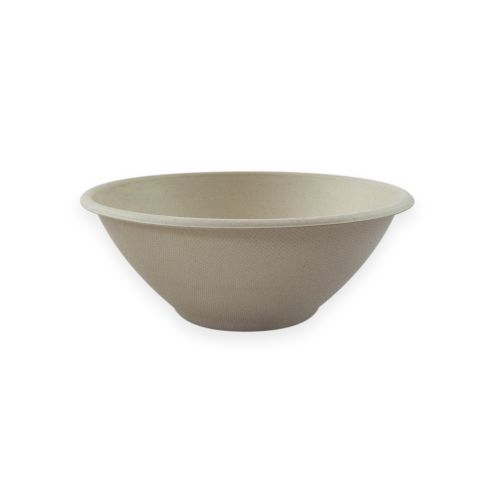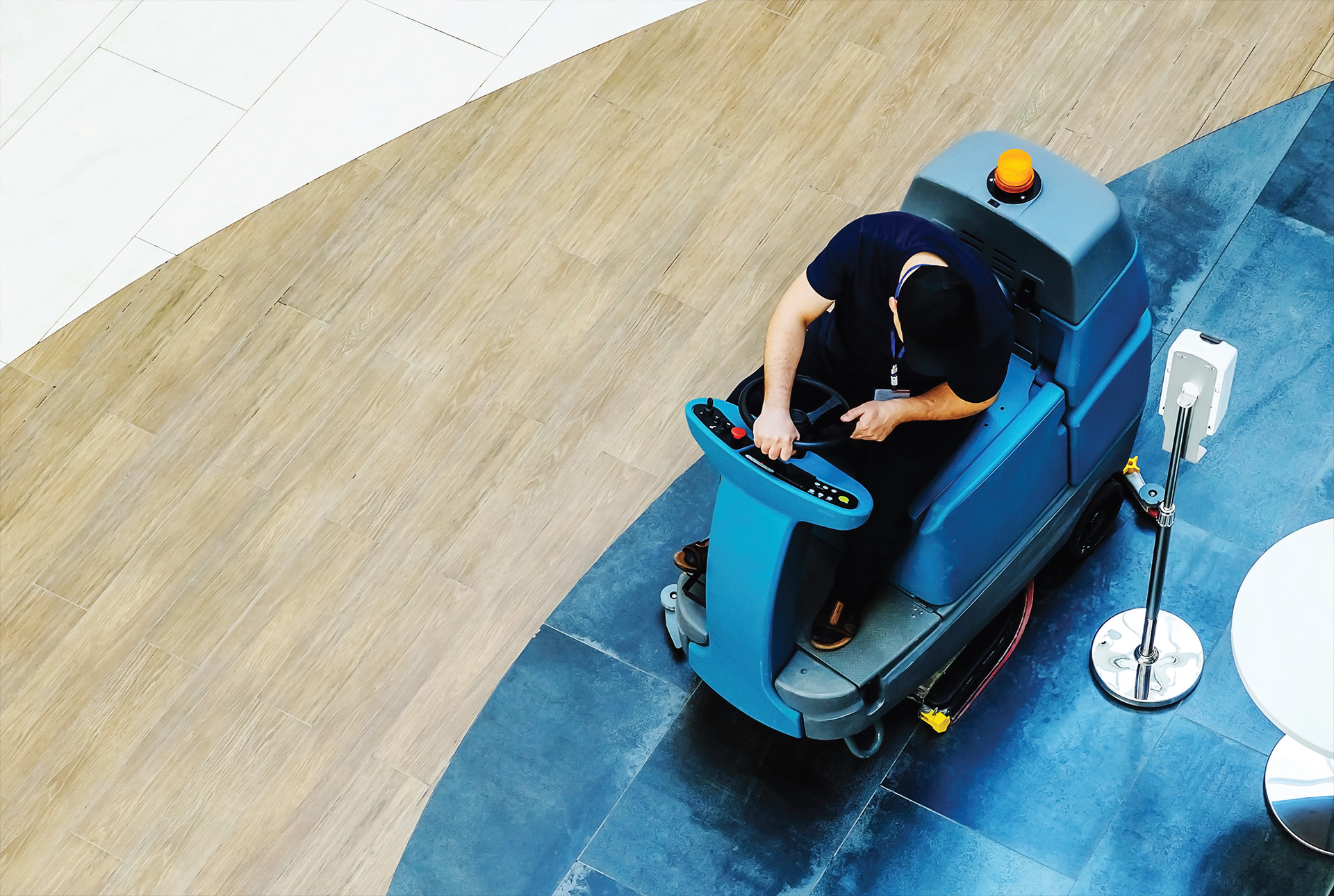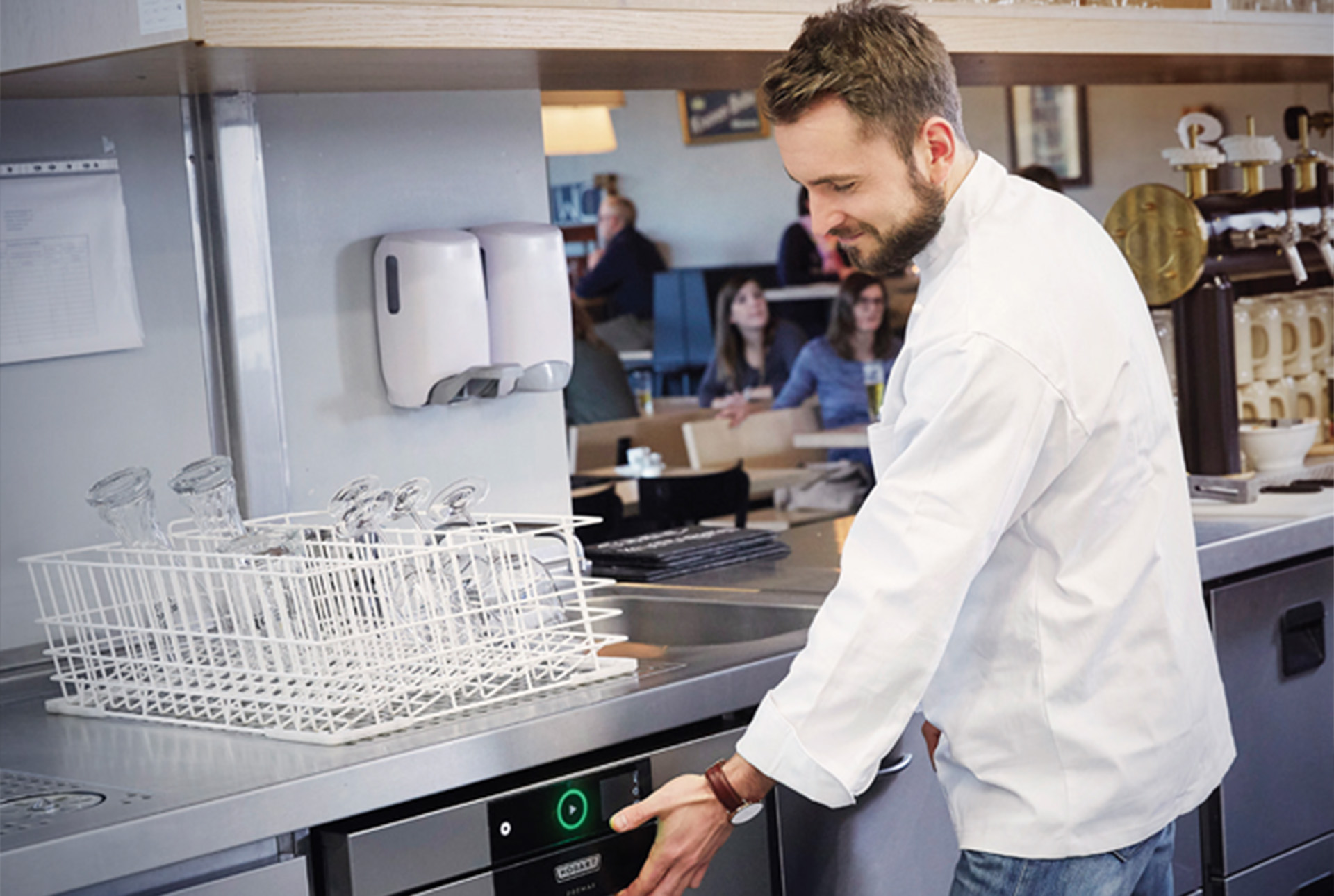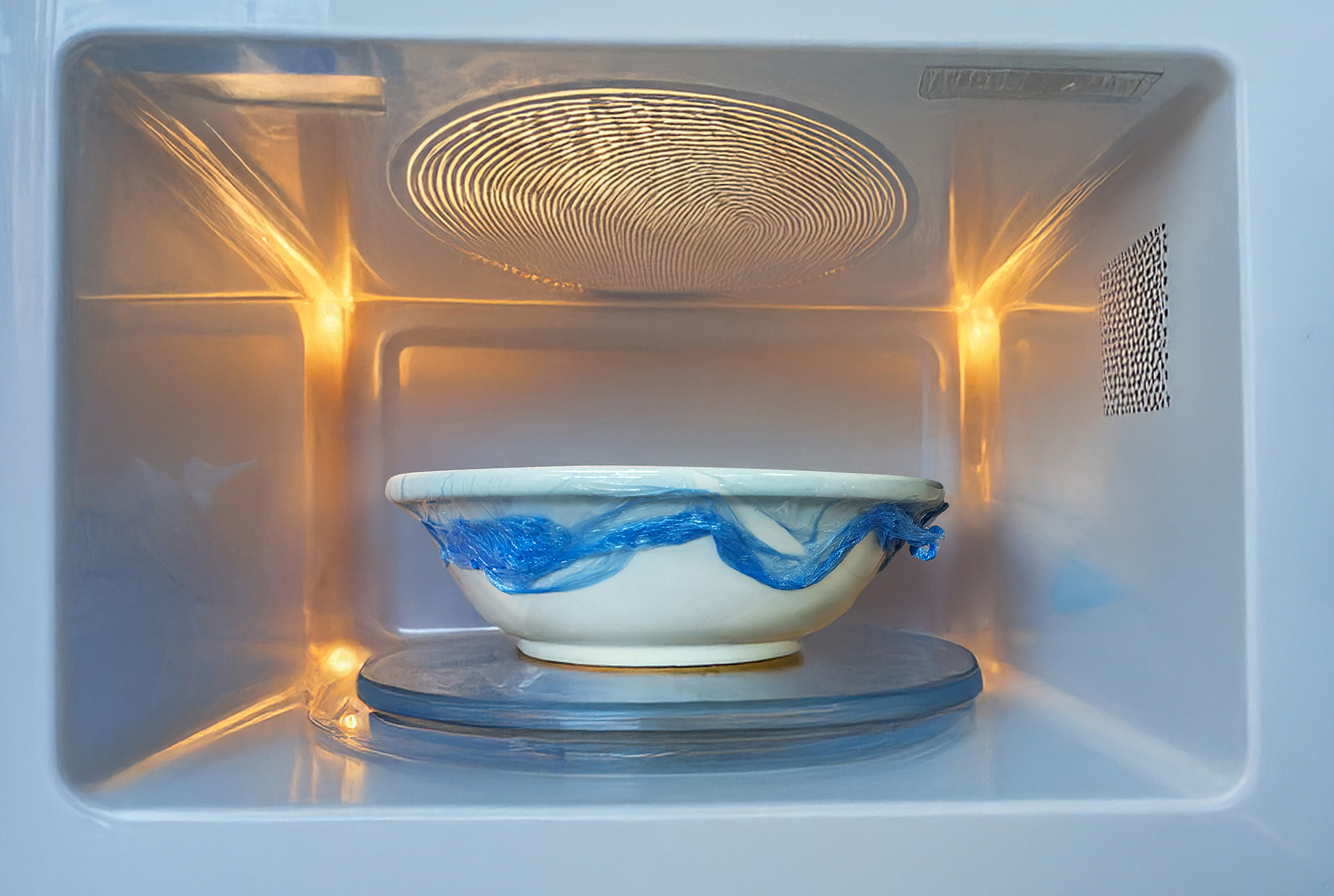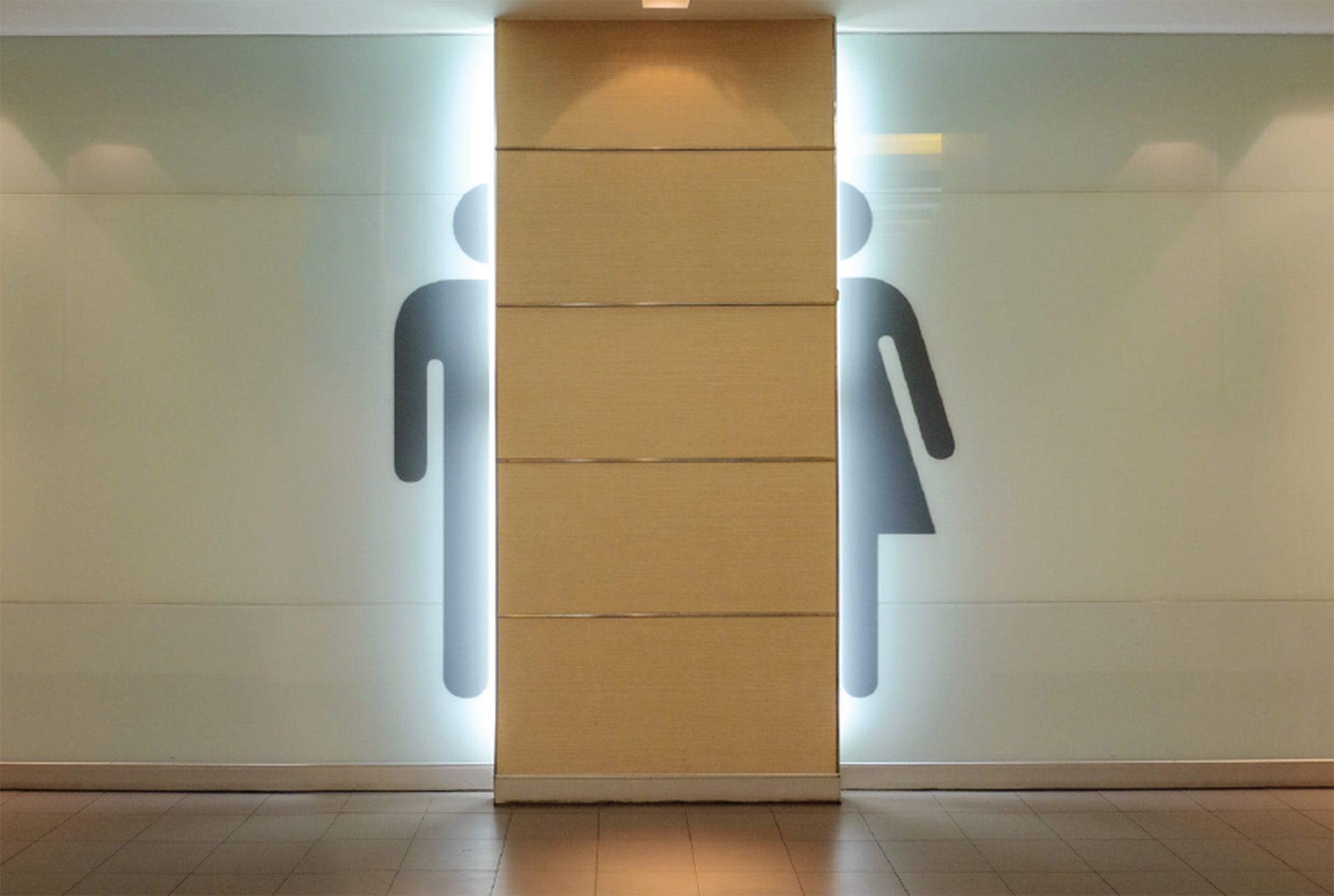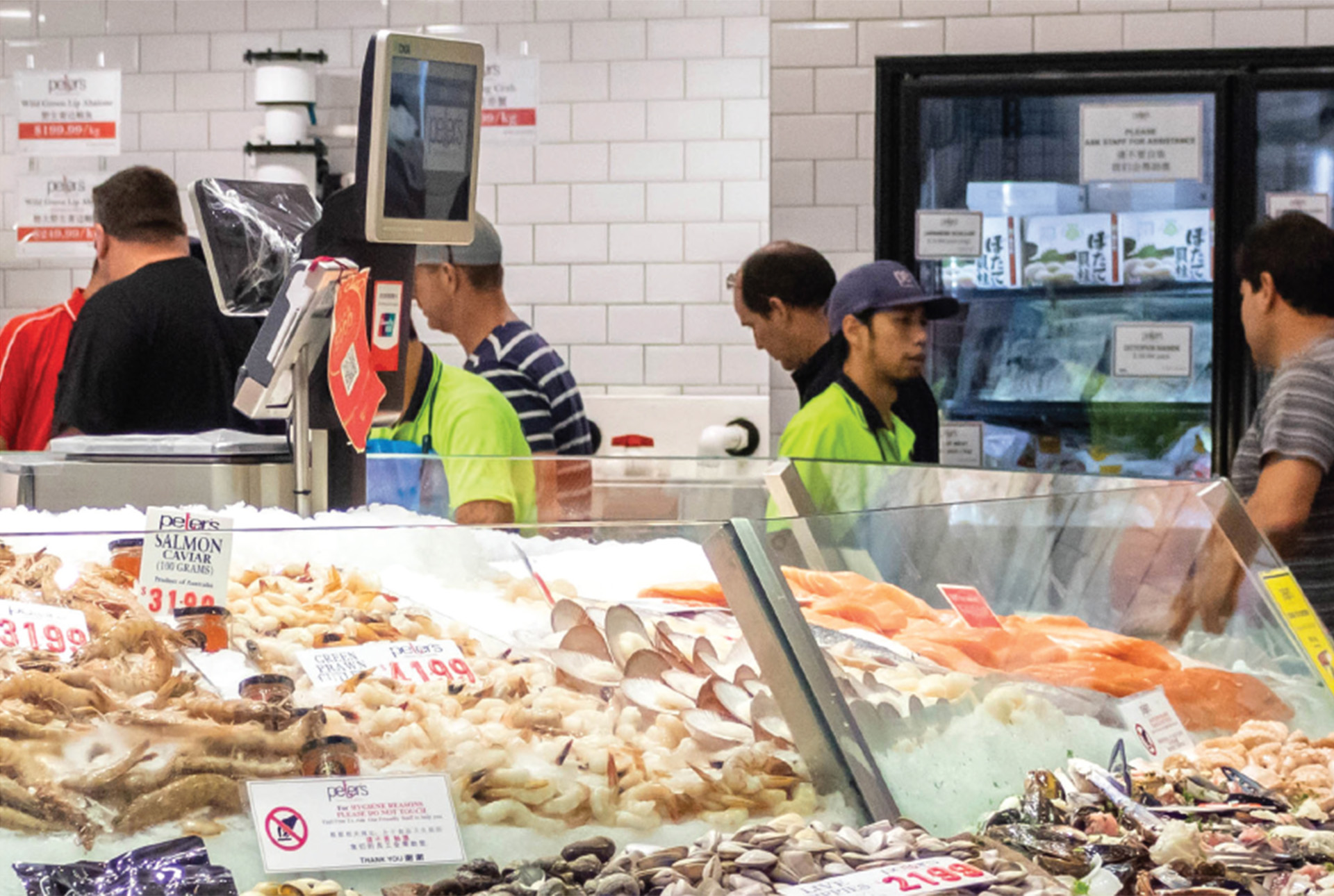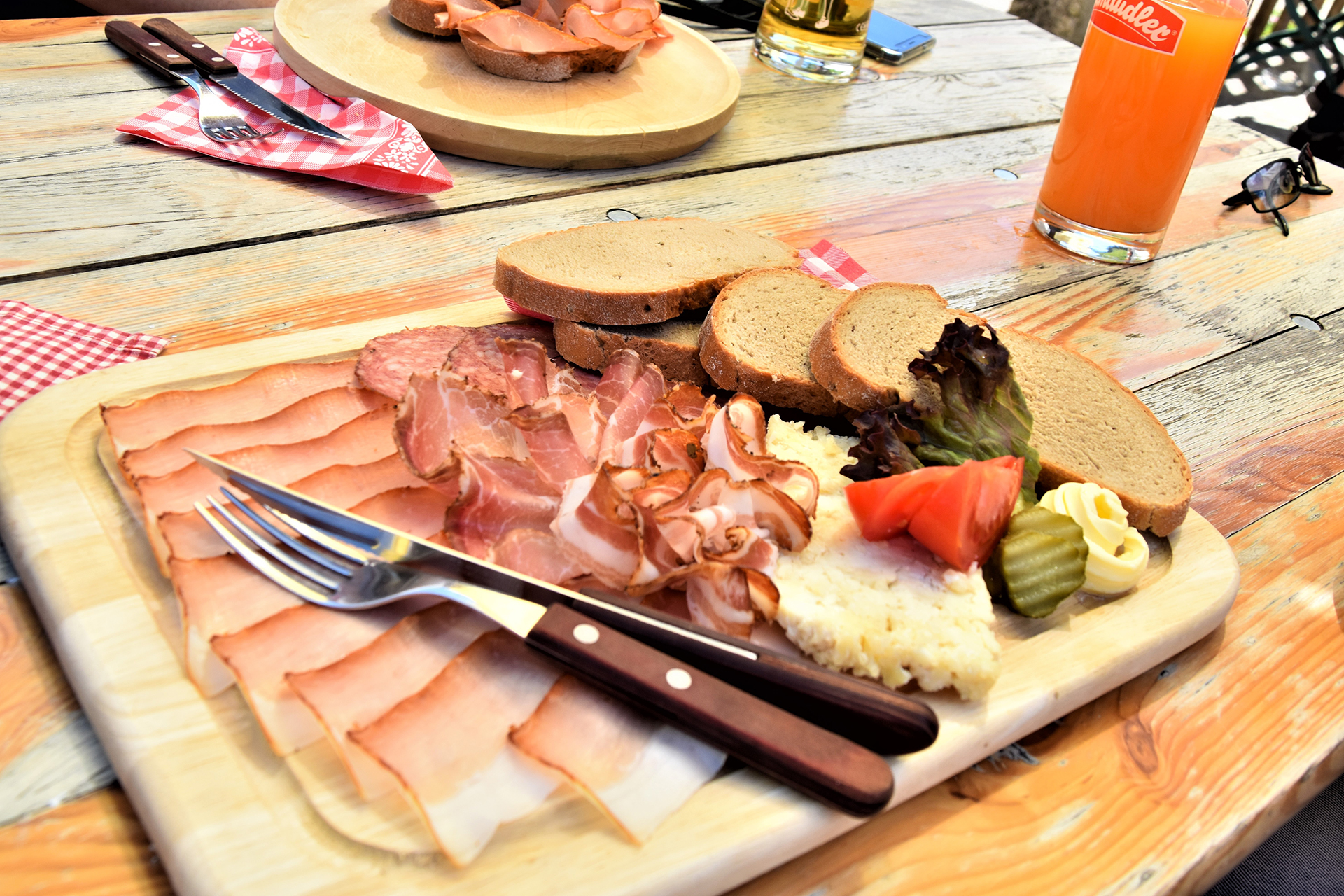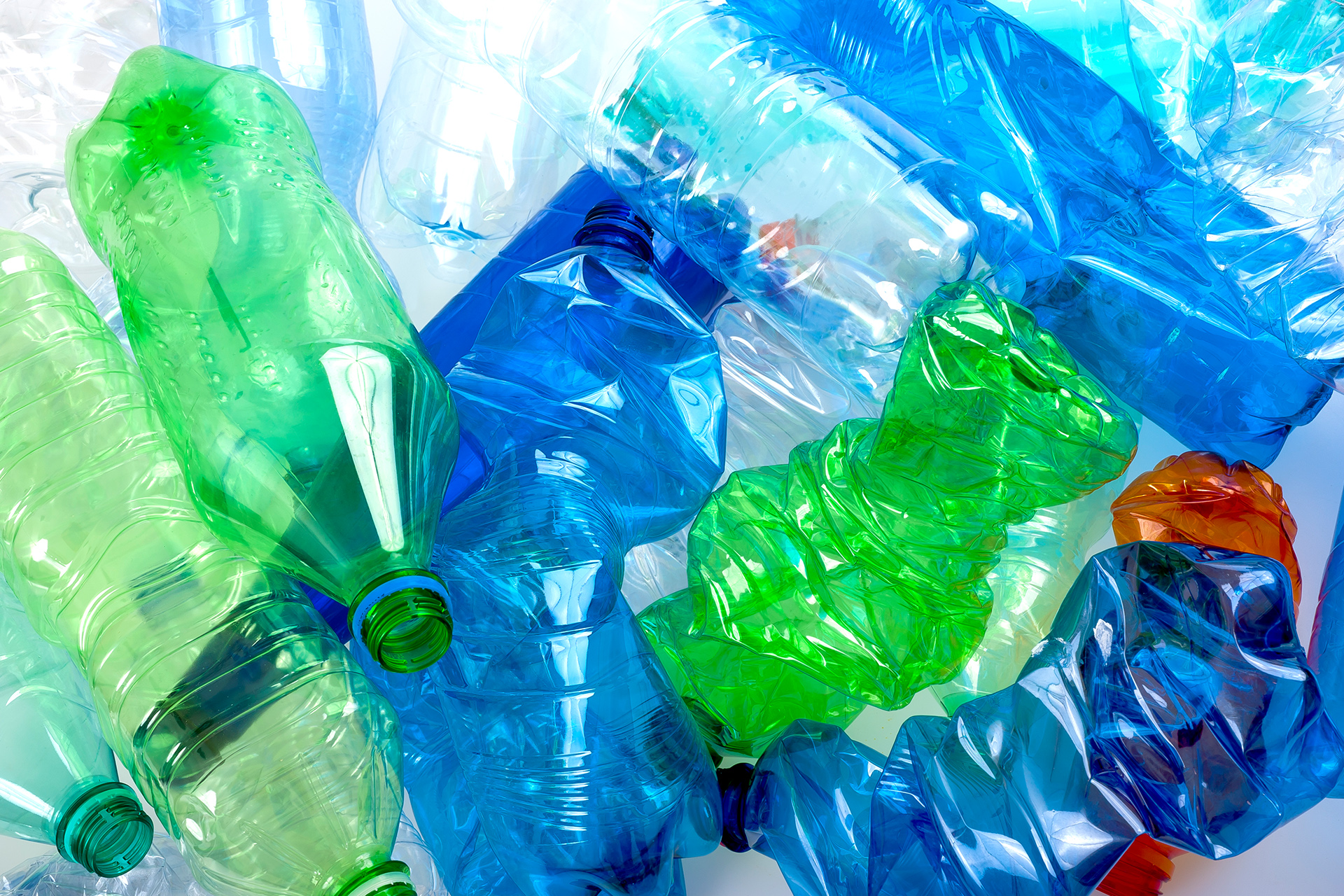Consumer sentiment about sustainability is rapidly changing around the globe, impacting the way we view brands and the products we purchase from them. In Australia, research by Toluna showed that 69% of consumers prioritise packaging that is recyclable while a study by BBC News revealed 81% of Australians agree that clearly demonstrating a commitment to sustainability adds value to a brand.
Looking to markets where sustainable packaging solutions are more mature, UK consumers surveyed in a 2021 Deloitte study said avoiding single-use plastics is the most common way they demonstrate their commitment to sustainability (61% said they have cut back). Meanwhile, the latest GfK Green Consumer Europe report identified 24% of consumers as ‘Eco Actives’, who “feel responsible and are making significant steps to reduce their plastic waste.” If 24% seems insignificant, consider that a continuation of this year-on-year trajectory would see 40% of European consumers adjusting their buying behaviour by 2025, representing some $860 billion of spending power. It’s clear that businesses must adapt, not only by providing consumers with recyclable or compostable alternatives to single use plastics, but by aligning their brand with environmentally friendly goals and practices. Sustainability shouldn’t be seen as a trend, but rather a shift in thinking that businesses must demonstrate to consumers.
So what packaging options exist for food based businesses that want a sustainability makeover for their brand? One option is products made from sugarcane – not the cane itself, but the fibre left over when the sugarcane is crushed in production.
This fibre, known as bagasse, is 100% compostable. But that’s not where its eco credentials end. While 30% of a sugarcane crop yields sugar products, traditionally what’s left after processing has been treated as waste. Transforming bagasse into packaging repurposes waste into useful products, that can then be composted to provide nutrients (including potassium, nitrogen and phosphorous) for other plants.
This cycle saves hundreds of thousands of tonnes of agricultural waste that would otherwise become landfill or be incinerated – an authentic, sustainable initiative your customers could really get behind. Interestingly, the word itself comes from the French word “baggage” via the Spanish term “bagazo”, meaning refuse or trash.
It was first used to describe the leftover material created from pressing foods like olives and grapes, but today it only really applies to the by-product of sugarcane. To create packaging, the bagasse fibres are mixed with water to create a pulp. The pulp is then pressurised and heated, which enables it to be moulded into different shapes.
Little wonder, then, that Sustain, one of the leaders in sustainable food packaging, is expanding their bagasse product range. The collection, which includes plates, bowls, clamshells, rectangular takeaway containers and portion cups, is suitable for hot, cold and oily foods, and is fridge-, freezer- and microwave-safe.
All of the products are compostable in an industrial composting facility, under specific conditions, in accordance with EN 13432:2000, the European standard.

